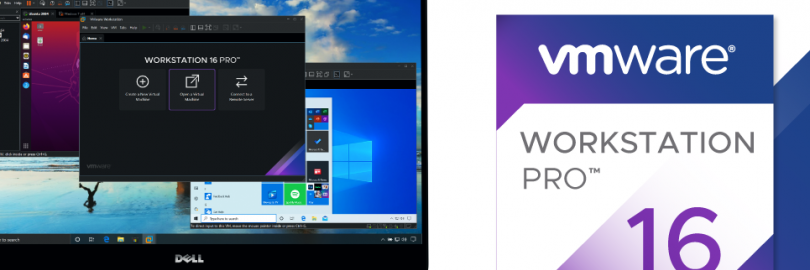

Managing these devices is not only time-consuming for administrators but also very costly. Managing physical hardware is incredibly complex for larger organizations, who have to manage often disparate and out-of-date hardware. Microsoft Hyper-V is important because it allows users to transcend beyond the limitations of physical hardware. You deploy Hyper-V on servers to produce virtual resources for your users. Hyper-V can be used for many different purposes but it is most commonly used to create private cloud environments. From one piece of hardware an administrator can manage a range of virtual machines without having to change computers. In general, Hyper-V helps network administrators create a virtualized computing environment in a format that is easy to manage. Hypervisors like Hyper-V are used for many different reasons depending on the environment in which they are deployed. Hyper-V is one of, if not the, most famous hypervisor in the world. Every virtual machine has its own applications and programs separate from the underlying hardware.

A hypervisor is a program used to host multiple virtual machines on one single piece of hardware.

Microsoft Hyper-V is a type of hypervisor. What is Hyper-V? (And What is it Used For?) In this article, we’re going to look at what Microsoft Hyper-V is. The growth of virtualized working environments has led to an increased usage of Microsoft Hyper-V and performance monitoring tools to help manage abstract resources. With Microsoft Hyper-V you can create and run virtual machines without maintaining physical hardware. Ever since Microsoft Hyper-V was released on Windows Server 2008, this hypervisor has been one of the most popular virtualization options on the market.


 0 kommentar(er)
0 kommentar(er)
